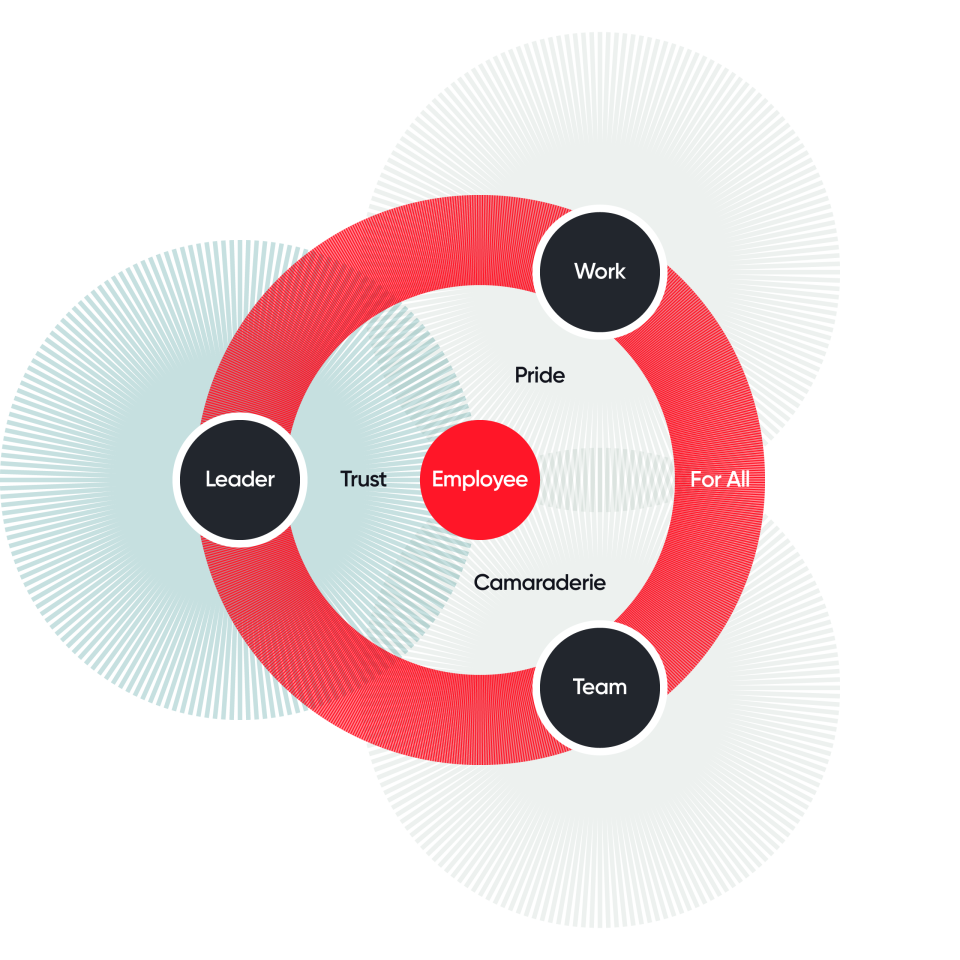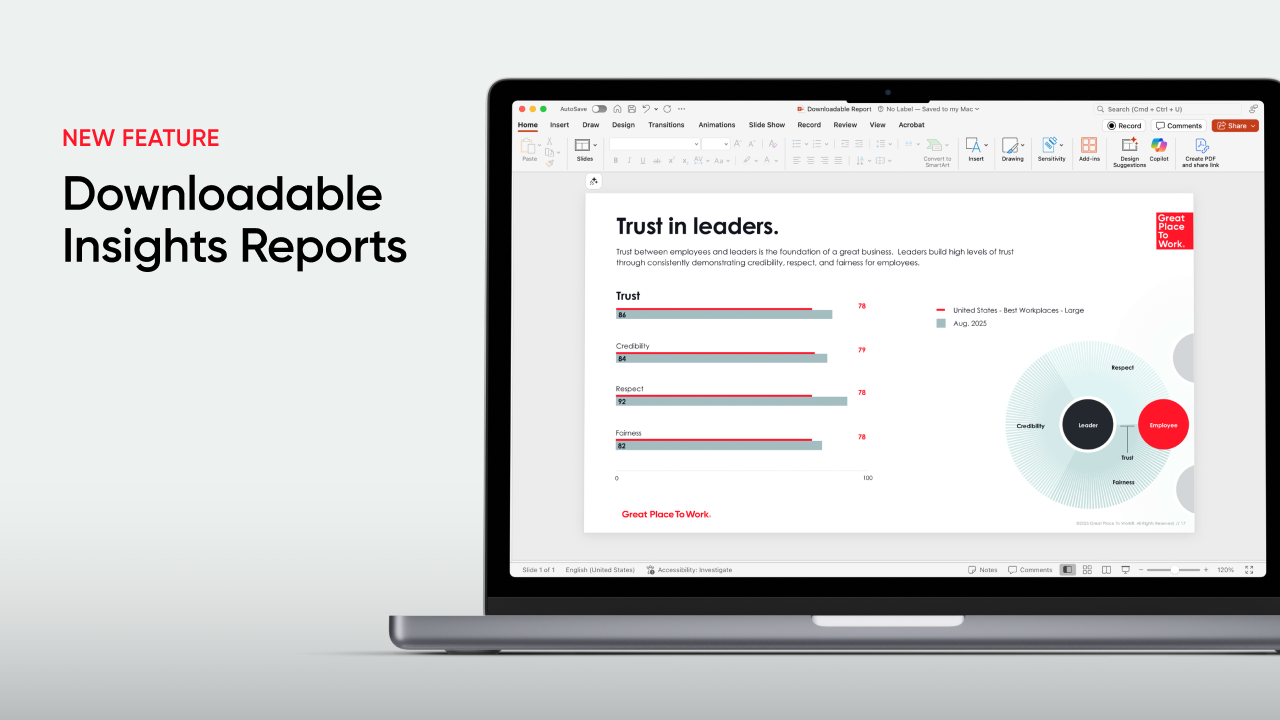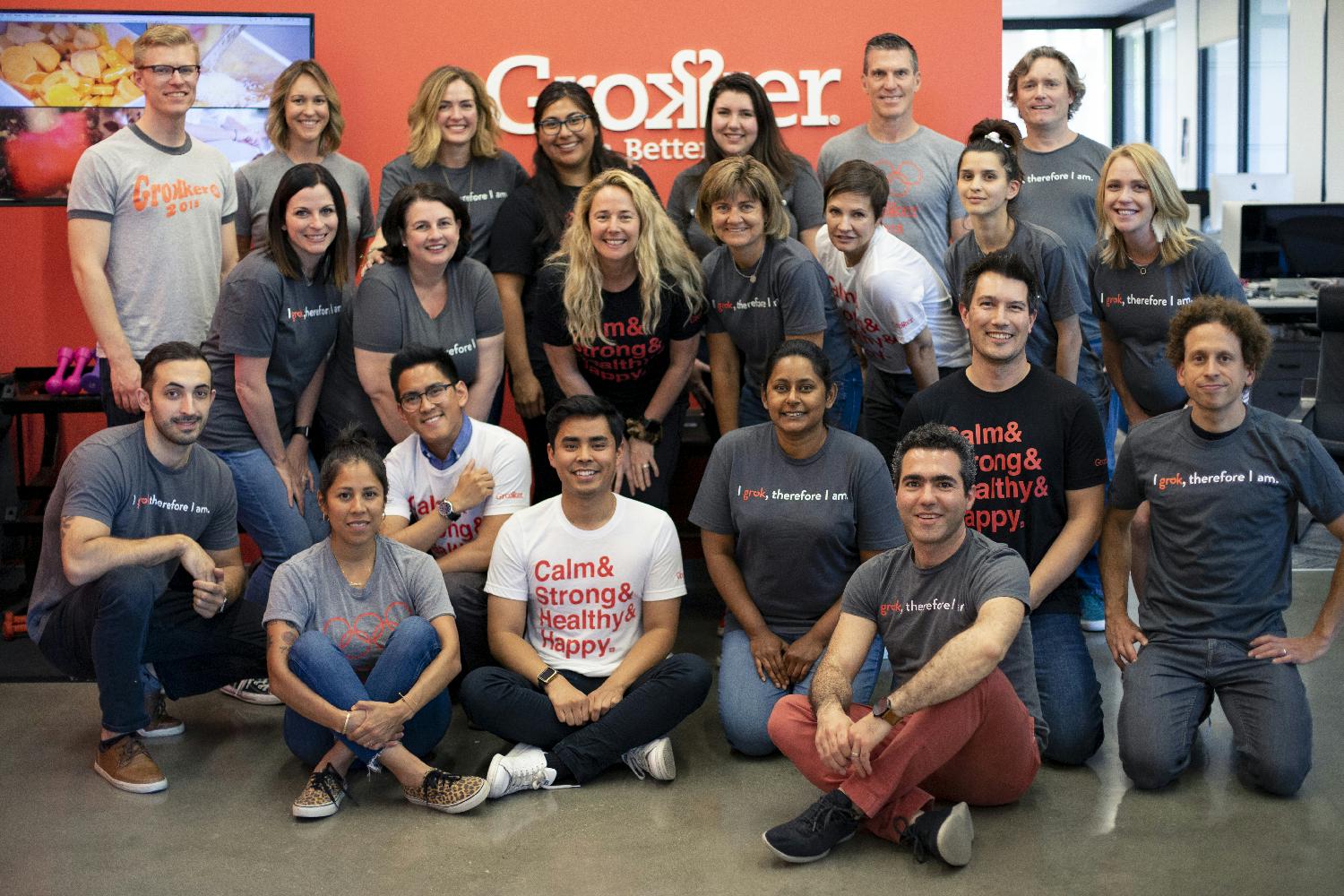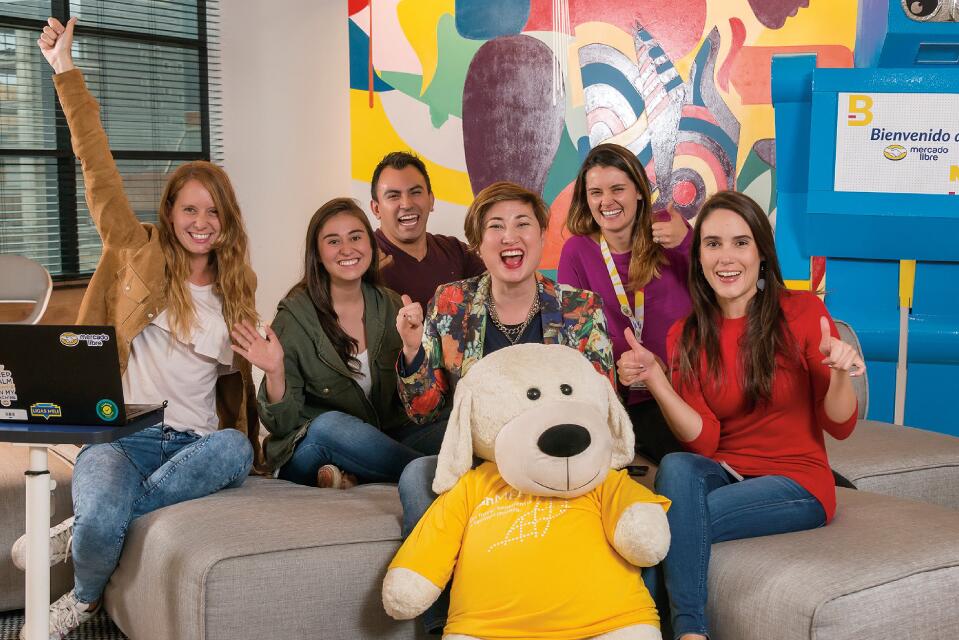Benefits of Company Culture, Trust
Trust is often seen as a soft skill, but in the best workplaces, it’s the engine behind performance, resilience, and growth. Here’s what trust really looks like at work, and why every leader should be building it.
Since joining Great Place To Work® in 2018, I’ve spent a lot of time thinking about trust. It’s at the heart of our model (and has been since 1992). But when you’re so close to something, it’s easy to forget that others might not see it the same way.
The more time I’ve spent studying what makes workplaces great, the clearer it’s become: trust isn’t soft. It’s structure. And it’s still one of the most neglected forces in business.
It’s often dismissed as something fluffy. Something you mention in onboarding, not budgeting. Something for relationships, not results. Something that lives in a mission statement, but not in the day-to-day.
I used to see it that way, too.
But trust isn’t just emotional currency. It’s operational infrastructure. It’s the steel beam running through high-performing cultures.
Let’s break it down.
What is trust, really?
The dictionary defines trust as “a firm belief in the reliability, truth, ability, or strength of someone or something.” It’s a good starting point, and surprisingly useful. Because each of those elements—reliability, ability, and strength—shows up in the workplace in very real ways.
At Great Place To Work, we see trust not just as a belief, but as something that shows up in everyday behavior. It’s visible in how people lead, how teams operate, and how decisions are made. In other words, trust is not abstract—it’s actionable.
Trust, dissected: What it really means at work
Let’s go deeper into that dictionary definition. Each element: reliability, ability, and strength show up in the workplace in distinct and powerful ways.
According to research by sociologist Magdalena Piorunek, trust doesn’t operate on a single plane either. It moves vertically (from frontline workers to executives) and horizontally (between peers, teams, and functions).
It also runs both ways. It’s not just about how much you trust your manager, your team, or your CEO. It’s about how trusted you feel in return. That mutual dynamic shapes everything from collaboration to confidence.
"Trust is not only the belief in others - it is the belief that others believe in you." — Magdalena Piorunek
1. Reliability: “I can count on you.”
Reliability is about consistency. We see it in the teammate who always follows through. The manager who keeps their word. The colleague who says, "I’ve got this" and always does.
In a high-trust workplace, reliability isn’t just about deadlines. It’s about emotional reliability too. Can I count on you to listen? To be fair? To have my back when things get messy?
When reliability is missing, people start covering themselves. They cc extra people. They double-check everything. They stop taking risks. And that’s when innovation dies.
That erosion of confidence isn’t just anecdotal - it’s systemic. Leadership consultant and author, Robert Bruce Shaw describes reliability as the foundational layer of trust that supports collaboration, team effectiveness, and organizational vitality. When it breaks down, performance soon follows.
2. Ability: “You’ve got the skills.”
Trusting someone’s ability means believing they’re capable. That they have the judgment, the knowledge, the instincts to do the job well.
This shows up in how we delegate. Do we give people real responsibility, or just tasks? Do we let them lead meetings, make decisions, represent the team?
A colleague once told me about a situation in their old job, where a team member booked time with a senior leader - someone two levels up. In some workplaces, that kind of initiative is celebrated. In this one, it backfired. The employee was reprimanded. The unspoken message? "You’re not trusted to navigate that relationship."
That kind of gatekeeping doesn’t just stall communication. It chips away at confidence. It says, "We don’t believe you’re capable."
In a comparative study across cultures, Piorunek found that belief in an employee’s competence was one of the strongest predictors of mutual trust between managers and employees. It's not just about delegation. It's about signaling value.
3. Strength: “I believe in you.”
Strength is about resilience. It’s the belief that someone can weather challenges, take feedback, and grow.
In the workplace, this shows up when leaders give people stretch assignments. When they say, "I know this is hard, but I believe you can do it." It’s also about trusting people to handle the truth. To hear tough feedback. To be part of difficult conversations.
People rise when they're trusted to stretch
And it’s about trusting yourself, too. As a leader, do you have the strength to be vulnerable? To say, "I don’t have all the answers"? Because that kind of strength builds trust faster than any polished presentation ever could.
Strength-based trust also fuels performance. Hassan et al. (2012) found that employees who were given more autonomy and participation in decision-making reported higher organizational commitment and productivity. In other words: people rise when they’re trusted to stretch.
Trust flows in every direction
Piorunek’s research shows that trust functions like connective tissue in an organization, but it flexes differently depending on where you are:
- When an individual contributor trusts their CEO, it signals belief in the organization’s direction
- When a manager trusts a team member with a tough assignment, it builds confidence and ownership
- When colleagues trust one another, it fuels collaboration and accountability.
But the reverse matters just as much.
People need to feel trusted. That’s often what sparks the real transformation. When someone is trusted to lead a meeting, reach out to a senior stakeholder, or take initiative without being second-guessed, that’s when they start to stretch.
As Piorunek puts it, trust isn’t just granted by those in charge. It’s built, signaled, and experienced at every level.
You can see this multidirectional nature of trust in our own Model at Great Place To Work. At the center is the employee, but radiating outward are the key relationships that shape their experience with their:
- Leaders
- Team
- Work
Our Trust Index™ Survey is designed to capture that.
We measure vertical trust (like trust in leadership and direct managers), horizontal trust (colleague to colleague), and internal trust (how much a person feels empowered, informed, and supported in their role).
Each of these relationships draws on different elements of trust: reliability from peers, strength from leaders, ability from both. When all three are present, trust becomes the connective tissue of the culture — not just a feeling, but a measurable force.

The Great Place To Work Model visualizes how trust flows in multiple directions — from leaders, teammates, and through the work itself — to shape the employee experience. Trust connects each of these relationships and enables pride, camaraderie, and fairness for all.
Why trust beats engagement
My colleague Julian Lute, insights & innovation strategist at Great Place To Work, put it plainly: "You can have a 'good culture' and your business can still be failing."
In other words, high engagement scores don’t mean much if they’re not connected to outcomes. You can have a team that’s happy but not productive. Or productive but burned out.
The Great Place To Work Effect connects the dots. It links high-trust leadership behaviors to employee experience to culture to business performance. It’s not just about feeling good at work. It’s about doing good work, together, sustainably.
Research backs this up. Shaw calls trust a "performance multiplier" but only when it’s reinforced through behavior, not branding. Without trust, even highly engaged teams falter when tested by change or challenge.
What trust looks like at work
So what does trust actually look like in action?
- A receptionist who greets you with warmth before you even step inside the building
- A team that starts a meeting with a check-in, not a deck
- A culture where people are allowed to make mistakes - and learn from them
- Leaders who don’t hoard information, but share it freely
- Employees who feel safe enough to challenge the status quo
And yes, it even shows up in how we use AI. Trust is assuming your team will use AI ethically — and equipping them to do so. It’s not about surveillance. It’s about stewardship.
When trust is missing
In knowledge-driven organizations, where collaboration, creativity, and self-direction are non-negotiable, Piorunek warns that trust becomes both more critical and more fragile. Without deliberate effort to build trust in both directions, teams stall. Communication splinters. People revert to control, not connection… and in the long run, that slows everything down.
The bottom line
In a world of deepfakes, AI hallucinations, and growing skepticism in institutions, trust is more important than ever.
It’s how we move fast without breaking things. It’s how we stay grounded while everything else shifts. It’s how we stay human in a digital age.
At Great Place To Work, trust isn’t just a value we talk about. It’s the core of our model. It’s the throughline that connects leadership, culture, and performance. It’s what we measure. What we build. What we believe in.
If you want to understand how trust drives real business outcomes (and how to build it in your own organization) start here.
Turn culture insights into business wins
Let the Trust Index™ Survey reveal your workplace’s hidden strengths and areas for growth. Start transforming today.











